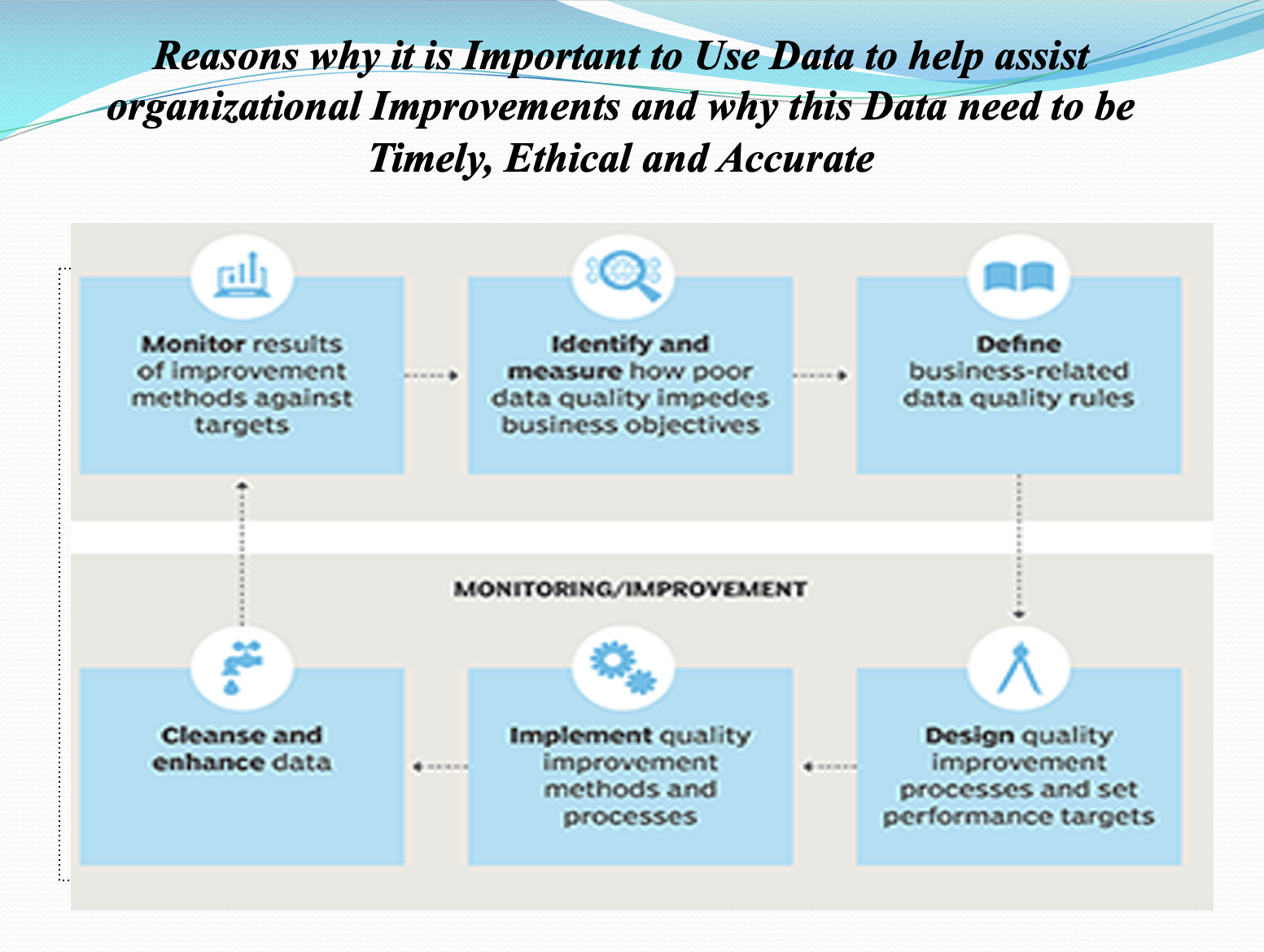Principle of Analytics

Meaning of Evidence-based Practice and how it is applied within Organizations

Reasons Why it is Important to use Data to help assist Organizational Improvements and why this Data need to be Timely, Ethical and Accurate

Types of Data Measurements and Information that can be used by people Professionals.

Types of Data Measurements and Information that can be used by People Professionals

How Organizational Policies, Procedures and other Form of Evidence can be used to support Appropriate Choices and Decisions

Range of Internal and External Customers and Stakeholders, that People Professional work with, and the part that Influencing Plays within the Relationships.

Meaning of Creating Values as a People Professional, and the Benefits of Providing Value to Customers and Stakeholders

How the work that People Professional Perform Benefits other within an Organization on Supporting Good Practice, Open Cultures, Commitment and Engagement

How Social Media can be used Internally and Externally in Workplaces to Improve Communication and Organizational Practices

How I cab Achieve and Maintain a Customers Focused Attitude to ensure Consistent High Standards and Customer Satisfaction

References /Bibliography

Task Two
AC 1.4
Question 1:
From the Research and Design department, it can be noted that;
187/390 X 100% = 47.95% of the employees consent that is difficult for them to engage in other commitments outside work since they spend so much time in their work.
288/390 X 100% = 73.85% of the workers interviewed agreed that the firm offers them flexi time
289/390 X 100% = 74.10% of the workers are in agreement that the absence rates in the
department are low.
270/390 X 100% = 69.23% of the employees in the department feel secure in their job role.
377/390 X 100% = 96.67% of the workers are in consensus that they are provided with the opportunity to develop their skills.
From the Administration department, as revealed by the data collected, it can be noted that;
4/61 X 100% =6.56% of the workers agree that the organization provides flexi time
0/61 X 100% = 0% of the employees are allowed to work from home.
51/61 X 100% = 83.61% of the workers feel secure about their job role.
61/61 X 100% = 100% of the workers agree that they are expected to complete their work outside their contracted hours.
18/61 X 100% = 29.51% of the employees agree that their line manager values the work they do.
From the Marketing department, it can be noted that;
18/18 X 100% = 100% of the workers agree that the organization provides flexi time.
15/18 X 100% = 83.33% of the employees agree that they have the scope to use their own initiative in their job role.
12/18 X 100% = 66.67% of the workers agree that agree that the line manager values the work they do.
10/18 X 100% =55.56% of the workers agree that they feel secure in their job role.
17/18 X 100% = 94.44% of the employees agree that the absence rates in the department are low.
Question 2:
In the Research and Design department, the absence rates are low as depicted by the data. This can be reasons such as the line managers valuing the work the employees perform, the workers are provided flexi-time, the most of the workers feel secure about their job roles and they are also provided with opportunity to develop their own skills. The workers therefore feel valued, treasure and hence motivated.
When it comes to the Administration department, the staff absence rates are noted to be high. This can be attributed to the fact that a great portion of the workforce (95.08%) revealed that it is difficult for them to fulfill commitments outside work since they spend too much time on their job; hence they feel demotivated and may suffer burnouts.
Question 3:
Working days lost in a three-month period for each department;
Research & Design is (1876/37.5) ÷7= 7.15 working days
Administration is (237/37.5) ÷ 7= 0.90 working days
Marketing is (20/37.5) ÷ 7= 0.076 working days
Question 4:
Estimated Projected average loss of working days over a 12-month;
= (1876 X £35.00 X (12/3)
) + (237 X £12.50 X (12/3)
) + (20 X £28.00 X(12/3)
)
= £
(262,640.00+11,850.00+2,240.00)
= £276,730
Question 5:
Costs of pay assuming all absentees are contractually paid full remuneration whilst off sick during the three-month period;
= (1876X £35.00) + (237 X £12.50) + (20 X £28.00) = £ (65,660.00+2,962.50+560.00)
= £ 69, 182.50
References/ Bibliography
Barends, E. and Rousseau, D.M. (2018) Evidence-based management: how to use evidence to make better organizational decisions. London: Kogan Page.
CIPD. (2019) Evidence-based practice for HR: beyond fads and fiction [podcast].
London: Chartered Institute of Personnel and Development. Available at:
www.cipd.co.uk/podcasts/evidence-based-hr
Houghton, E. (2020) People analytics. Factsheet. London: Chartered Institute of Personnel and Development. Available at:
www.cipd.co.uk/knowledge/strategy/analytics/factsheet
Leatherbarrow, C. and Fletcher, J. (2018) Introduction to human resource management: a guide to HR in practice. 4th ed. London: CIPD Kogan Page.
Marr, B. (2018) Data-driven HR: how to use analytics and metrics to drive performance. London: Kogan Page
Neelen, M. and Kirschner, P.A. (2020) Evidence-informed learning design: creating training to improve performance. London: Kogan Page
O’Keefe, K. and O’Brien, D. (2018) Ethical data and information management: concepts, tools and methods. London: Kogan Page.
Quesado, P., Guzmán, B. and Rodrigues, L. (2018). Advantages and contributions in the balanced scorecard implementation.
Intangible Capital, [online] 14(1), p.186. Available at: https://upcommons.upc.edu/bitstream/handle/2117/116448/1110-4916-1-PB.pdf?sequence=1&isAllowed=y [Accessed 13 Jul. 2021].
Waite, K., Beevers, K., Small, N., Tomlinson, K. and Hussain, S. (2021) People practice: a complete guide. London: CIPD Kogan Page. [Forthcoming, 1st ed., September 2021.]
Young, J. (2019).
Evidence-based Practice for Effective Decision-Making | Factsheets | CIPD. [online] CIPD. Available at: https://www.cipd.co.uk/knowledge/strategy/analytics/evidence-based-practice-factsheet [Accessed 12 Jul. 2021].















